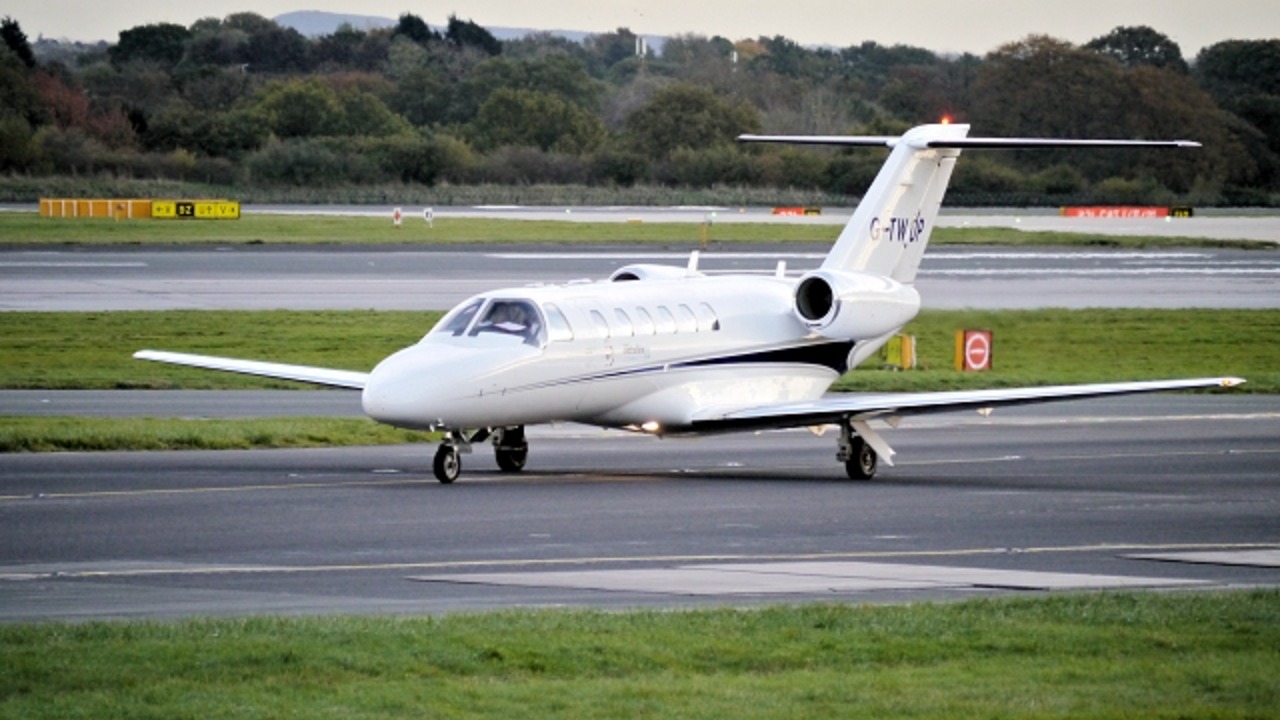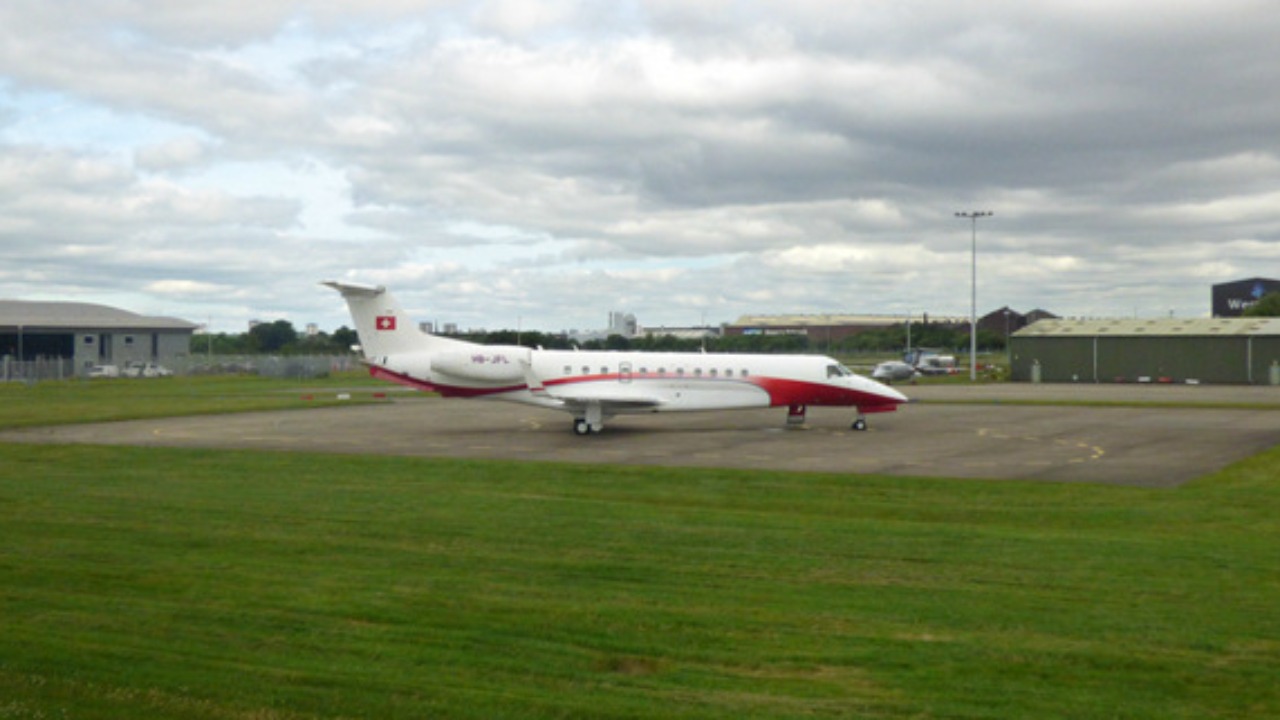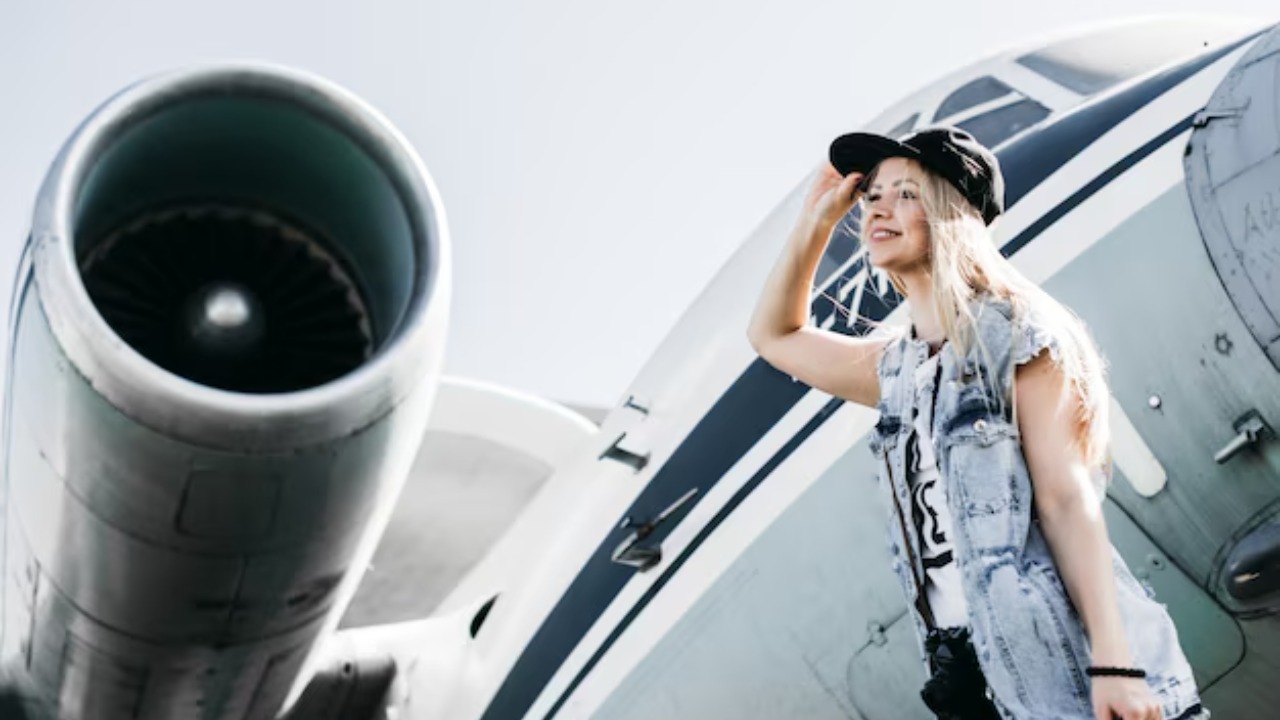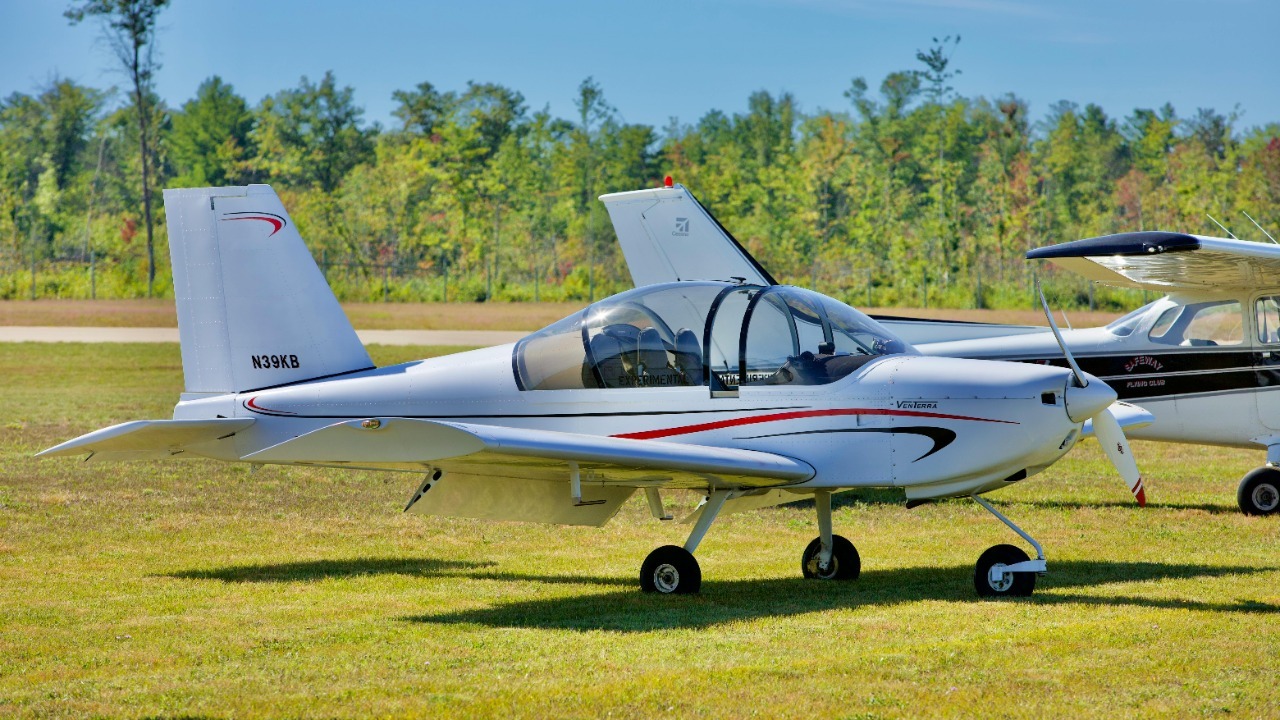
Flying on a private jet offers unparalleled luxury and convenience, but this doesn’t mean passengers have carte blanche when it comes to what they can bring on board. Despite the absence of long security lines and the ability to skip many commercial aviation hassles, private jet travel is still subject to certain regulations and practical limitations. Understanding these restrictions can help ensure a smooth and enjoyable flight experience.
Regulatory Restrictions

Safety Regulations
Just like commercial flights, private jets are subject to stringent safety regulations designed to protect passengers and crew. These regulations restrict the transportation of hazardous materials, such as flammable liquids and explosives, which could pose a risk to the aircraft. Additionally, weapons and other potentially dangerous items are generally prohibited unless specific permissions are obtained beforehand. It’s crucial for passengers to be aware of these restrictions to avoid unnecessary complications.
Customs and Border Control
For international flights, private jet passengers must comply with customs and border control regulations, similar to those traveling on commercial flights. This means certain items may be subject to inspection or outright refusal. Items like certain foods, plants, and cultural artifacts may be restricted or require special documentation to cross borders legally. Failing to adhere to these regulations can result in fines or delays, making it important for passengers to understand the customs process for their specific destination.
Weight and Balance Limitations

Aircraft Performance
The weight and distribution of luggage and cargo significantly impact a private jet’s performance. Every aircraft has a maximum takeoff weight, and exceeding this limit can affect safety and efficiency. Proper planning is essential to ensure that the aircraft remains within its operational limits, which may require restricting the amount or type of luggage passengers can bring. This is particularly important for smaller jets, where every pound counts.
Seating and Storage Capacity
Different private jet models offer varying seating and storage capacities, which means not all jets can accommodate large amounts of luggage or oversized items. For instance, a smaller jet may have limited cargo space, necessitating careful consideration of what to bring on board. Passengers should consult with their jet operator to understand the specific limitations of their aircraft and plan accordingly to ensure a comfortable and hassle-free journey.
Insurance and Liability Concerns

High-Value Items
Transporting high-value items such as art, jewelry, or sensitive equipment on a private jet can be complex due to insurance and liability concerns. These items may require special handling, additional insurance coverage, or prior arrangements to ensure they are adequately protected during the flight. Passengers should discuss these requirements with their jet operator to avoid any potential issues or misunderstandings.
Owner’s Liability
The policies of the aircraft’s owner can also influence what items are permissible on board. To minimize liability and prevent potential damage to the jet, owners might impose restrictions on certain items. This could include anything from prohibiting smoking to limiting the types of consumables allowed on the flight. Clear communication with the jet operator is key to understanding any such restrictions and ensuring compliance.
Environmental and Ethical Considerations

Sustainability Practices
As environmental awareness grows, some private jet operators are incorporating sustainability practices into their operations. This might involve restricting non-essential or wasteful items that contribute to the aircraft’s carbon footprint. Passengers are encouraged to align with these eco-friendly policies by minimizing unnecessary items and considering the environmental impact of their travel choices.
Animal Transport
Transporting pets or exotic animals on a private jet involves ethical considerations and regulatory compliance. While private jets offer more flexibility for traveling with animals, certain restrictions apply, particularly when crossing international borders. Passengers need to ensure that all necessary permits and vaccinations are in place to avoid complications and ensure the well-being of their animals during the journey.
Enhancing the Private Jet Experience

Customization Preferences
One of the advantages of flying private is the ability to customize the flight experience to suit individual preferences. Aircraft owners and operators often offer personalized services, which may include curated lists of approved items for comfort and convenience. This ensures that passengers have everything they need while adhering to any restrictions that might apply.
Technology and Connectivity
The latest in-flight technologies provide digital solutions that can replace the need for certain physical items. With advanced connectivity options, passengers can stream entertainment, access work files, and stay connected during their flight, reducing the necessity for bulky electronics or physical media. This not only enhances the travel experience but also aligns with sustainability efforts by minimizing the need for excess baggage.